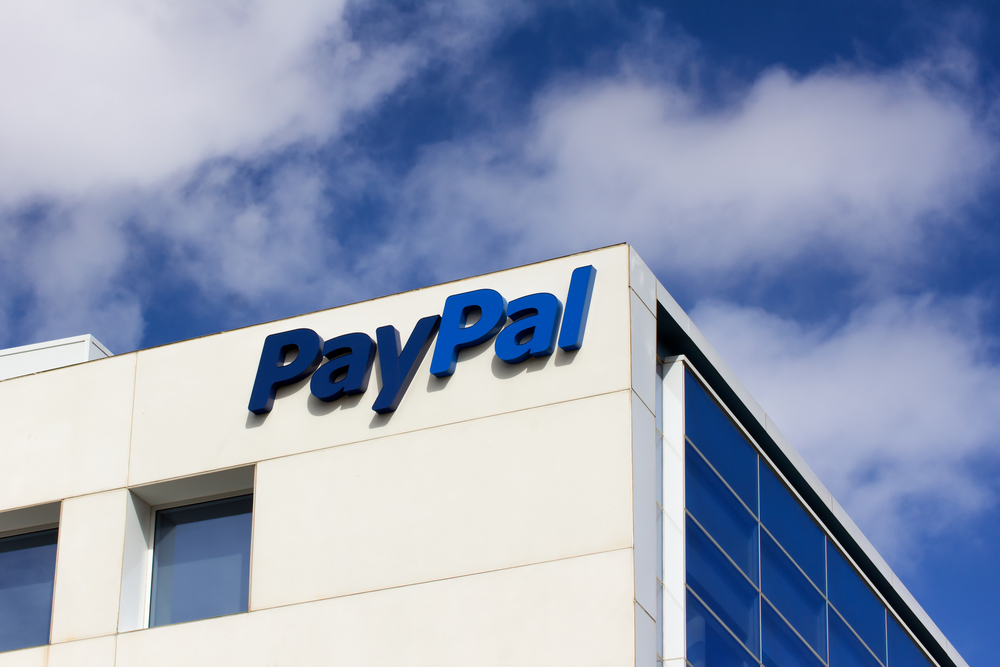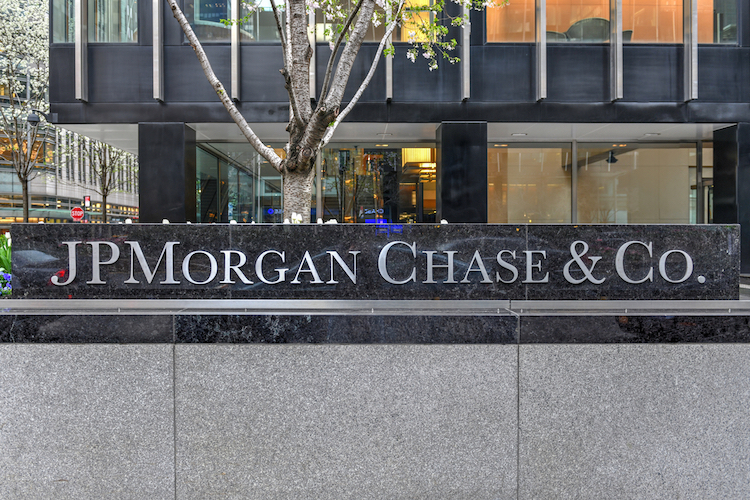Tokenization is definitely the hot financial topic of the moment. According to the numerous votes on this issue, there seems to be no way around it. That the future of all kinds of assets will be digital in the foreseeable time is also in line with the conviction of InCore Bank.
But what is tokenization? With the help of blockchain technology, a digital image, a so-called token, is created for material or immaterial assets. The key is the use of blockchain technology, which enables numerous advantages that are difficult to realize through the traditional securitization approach.
A blockchain is an open ledger that is accessible by different market participants at any time. Assets that are securitized on the blockchain are no longer stored in private and therefore segregated ledgers. As a result, there are new opportunities for joint cooperation between financial institutions of all kinds. For example, transactions between market participants can be processed smoothly and balances are updated automatically.
Potential for reduced costs
A decisive advantage resulting from this is lower costs. However, the cost advantages are probably not yet evident everywhere. Looking back to the birth of the motor vehicle, it was no different. The first cars were neither cheaper nor faster than carriages. Only continuous development ultimately made carriages obsolete as an efficient means of transportation.
This will be similar with the tokenization of assets. Although it is not yet necessarily the case in general practice - tokenization holds great potential for cost savings, which is likely to be truly realized within a few years. So far, initial studies have provided some indication of the price advantages of tokenized assets. According to the findings of Cashlink Technologies and Finoa, tokenization can achieve cost savings of 35 to 65 percent along the entire value chain.
The fact that tokenization leads to lower costs becomes particularly apparent when the entire life cycle of an asset is taken into account. Tokenization creates significant price advantages in the issuance, custody and trading of assets. Processes can be streamlined as well as automated. Intermediaries can also be dispensed with for certain transactions.
Banks will benefit too
Typically, the issuance of a traditional asset requires an issuing agent such as a bank. The latter charges a fee in the form of margin and costs incurred as booking and transaction costs to the central depository. In the case of tokenization, both intermediaries are no longer necessary as the issuing process can be automated: A digital token is mapped and stored directly on the blockchain in a cost-efficient manner.
Also banks themselves will benefit from this. While blockchain technology is forcing the latter to rethink their business model, new opportunities are emerging. For example, tokenization will enable banks to issue assets more cheaply. These cost advantages as a result can be passed on to the customers. In particular, the benefits are greatest for non-bankable assets. Whereas today these are often only accessible to very wealthy customers due to high costs, tokenization enables access to a broader customer segment. It is also less expensive for banks to hold tokenized assets than traditional assets since creating digital wallets costs less than setting up traditional customer accounts.
Offering a solution for tokenized assets provides a bank with access to an interesting new market. An increasing number of people hold digital assets today, partly on private, personal wallets. However, having these digital assets managed by a bank creates a new revenue stream for the bank. If the latter even employs trained specialists, it can offer the customer the advantage of standardized reporting for tax purposes. As a result, customers are encouraged to bring their digital assets to the bank.
Increased liquidity
Blockchain enables the direct trading of a token and thus of the digital asset. Investors have immediate access to trading exchanges, or the tokenized asset is even tradable through the underlying blockchain technology itself - as for example in the case of decentralized trading exchanges. Secondary markets of this kind are still unregulated, however, they already show great cost-saving potential. For this very reason, established and thus regulated exchanges will soon offer solutions in this area. In particular, there is a great opportunity here for smaller exchanges.
Therefore, what simplifies trading for individuals also creates benefits for banks directly. Likewise, they can trade their customers' digital assets more quickly, efficiently and cost-effectively through the underlying blockchain technology. Given the security benefits of a bank, a large proportion of investors will continue to have their digital assets held at a bank in the future.
Lower-cost issuance and easier tradability ultimately increase the liquidity of all possible assets. As it becomes easier to launch and trade an asset, this creates a liquidity premium. The asset increases in value as the higher the liquidity, the more lucrative the asset becomes for investors.
At the same time, tokenization also increases the potential of so-called non-bankable assets. This involves assets that can only be securitized through traditional financial infrastructure with great effort and high costs. Also in this area, tokenization can reduce costs or make certain assets bankable in the first place. For the banks, this mainly results in an increase of their assets under management.
Advantage of standardization and programmability
Standardization and interoperability are, in a sense, states of nature in tokenization at the technological level. Public blockchains are designed for a globalized world. Moreover, the possibility of programmability is also a major advantage.
It is possible to assign all kinds of codes to a digital token. Dividend or interest payments can be automated. Tokenized assets can thus represent voting rights and votes can be carried out via the blockchain infrastructure. Furthermore, it is possible to set up funds that hold various tokens, invest themselves according to programmed guidelines and issue their own fund tokens in the process.
However, tokenization also brings an advantage in the fight and prevention of money laundering. With tokenized assets, for instance, it is possible to trace the origin of the tokens and identify the holder over a period of years. Thanks to programmability, a token can also be provided with so-called "whitelisting." Only those who are authorized by the program code can also hold the corresponding token. Conducted KyC processes are shared directly with other participants through the blockchain. Cooperating actors can thus avoid carrying out processes redundantly, which in turn saves costs. Tokenization ultimately brings the possibility of incorporating control and governance elements so that tokens can be controlled as desired and implemented in a regulatory-compliant manner. Control and governance in this regard can also be delegated and shared with partners.
Greater security
Tokenized assets in the form of tokens are ultimately digital bearer instruments. Like their physical counterparts, they can be held directly and independently. However, in the case of a token, whoever controls the private key has control over the token.
This provides a bank with new opportunities to cooperate with the customer at the custody level. For example, shared ownership is feasible. Customers can be involved in the decision-making and authorization process for the handling of their assets, if they wish. In this respect, blockchain technology enables responsibility to be spread, thus providing greater security in the right place.
Summary
- Tokenization creates a shared database in the form of the blockchain, increasing interoperability between banks.
- Along the value chain, intermediaries such as central securities depositories can be omitted, making asset securitization more cost-efficient for banks as well.
- Lower-cost issuance and easier tradability also increase the liquidity of these assets.
- Cost savings banks realize due to tokenization can be passed on to the end customer.
- Programmability creates greater flexibility but also control in the distribution and attribution of digital assets. In the future, banks will also be able to offer automated interest or dividend payments and self-managing funds.
- Shared ownership provides the opportunity to involve the customer in decision-making and authorization processes.
- The potential of non-bankable assets is becoming greater and helps a bank to increase its assets under management.




